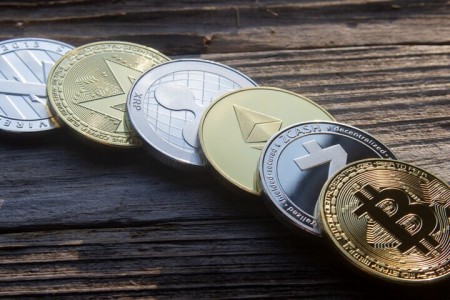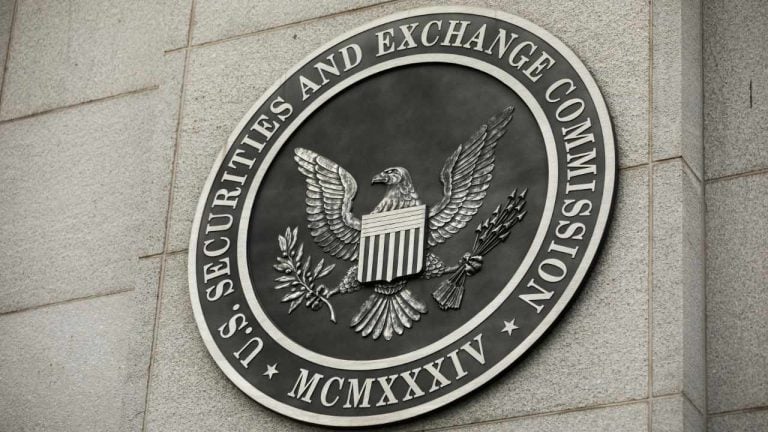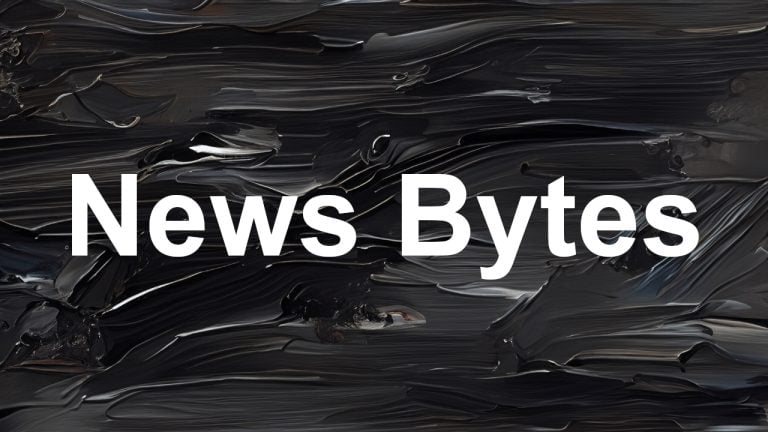Ethereum network in a fee spin: Can the Berlin upgrade save the day?

The upcoming Berlin update contains EIPs aimed at reducing transaction costs, but it may not provide a long-term solution.
Though Ether’s (ETH) value has continued to showcase increasing signs of stability around the $1,800 range over the past fortnight or so, users of the premier altcoin’s network have been faced with rising gas fees as well as increasing network congestion issues. To put things into perspective, since summer last year, a time when the DeFi boom was starting to peak, Ethereum’s network fees have more than doubled.
While this fee increase quite directly relates to ETH’s increasing value, there is no denying that it also clearly shows growing demand for ERC-20 tokens, stablecoins, as well as various decentralized finance-based offerings in general.
As is evident from the chart below, costs of facilitating transactions on the Ethereum network have increased significantly over the last few months, with the average transaction fee touching an all-time high of $39.49 on Feb. 23.
Not only that, on March 20, the average transaction fee is at $16, a price point that is quite high, especially for developers and those looking to facilitate small value transactions.

Also, as nonfungible tokens continue to gain mainstream traction, it stands to reason that transaction costs on the Ethereum network will continue to rise in the near future. Thus, until a viable scaling solution is implemented in the near term, network congestion and high transaction costs are likely to continue, especially as the NFT sector continues to thrive.
Is the network broken beyond repair?
Providing his thoughts on Etherum’s existing state of affairs, Jay Hao, CEO of cryptocurrency exchange OKEx, told Cointelegraph that Ethereum is definitely at a point of inflection along with other layer-one solutions, adding: “They are being forced to address their issues of rising fees and network congestion fast — or risk losing out to competitors who can offer lower fees and higher throughput.” He also added:
“Ethereum still has by far the largest developer community, as well as the number of DApps, built on it, but still, complacency is a killer.”
And while Hao does believe that Ethereum will eventually be able to cope with its issues at some point in the future, the crypto community no longer wants to wait until the transition to proof-of-stake and Eth2 has been complete, especially since an increasing number of developers and other network users are starting to expand their operations and switch to alternative ecosystems.
For example, many platforms have undertaken the integration of different versions of Tether (USDT) and USD Coin (USDC) — a la Algorand, Tron — allowing stablecoin traders to transact quickly and at a fraction of the cost currently being levied by the Ethereum network.
Moreover, an increasing number of EVM-compatible blockchains — OKExChain, Binance Smart Chain, etc. — have sprung up and are challenging Ethereum’s dominance. “Competition is healthy, and it forces the incumbents to do better and focus on providing users with the experience they deserve,” Hao opined.
However, Jack O’Holleran, CEO of Skale Labs — a decentralized Ethereum compatible layer-two PoS network — believes that the network’s rising gas fee issues will be alleviated as scaling efforts continue to be worked on, adding:
“The Ethereum mainnet will evolve into a base layer of security and settlement. Scalability layers will sit on top of Ethereum, providing functionality for smart contract execution and low gas fees. We will also see the rise of application-specific blockchains, which provide more price efficiencies with greater predictability.“
What is the Berlin upgrade?
After months of planning, the Ethereum community recently laid out its implementation timeline for “Berlin,” with the upgrade slated to go live on the Ethereum mainnet at block 12,244,000, or on April 14. In this regard, it bears mentioning that a total of four Ethereum Improvement Protocols will be deployed as part of Berlin.
These include EIP-2565, which seeks to reduce the cost of the ModExp precompile, which will help with calculating the gas cost; EIP-2929, a proposal that will “increase” certain gas costs; EIP-2718, which introduces a new transaction module; and lastly, EIP-2930, which includes a transaction type with optional access lists.
To help make the upcoming transition smoother, Ethereum node operators have been advised to upgrade their operations to nodes that are Berlin-compatible before April 7. That being said, exchanges, wallet service providers and Ether token holders are not required to make any modifications on their end.
Will “Berlin” really help ease Ether’s growing pains?
To gain a better perspective of whether the Berlin upgrade will really shake the Ethereum ecosystem up and help mitigate many of its existing issues, Cointelegraph spoke with Maxim Blagov, CEO of Enjin — a blockchain-based gaming and DApp ecosystem. In his view, the Berlin update is an important step toward creating a better user experience on Ethereum, especially in terms of estimating gas costs, adding:
“We can’t assume that it will have a significant impact on cost per transaction. Deep structural changes will need to be made in order to bring Ethereum in-line with user expectations. Newcomers to the NFT market often expect free, instant transactions, and unfortunately, nothing like this will be achievable on the current state of Ethereum.”
Additionally, “Winston,” a moderator for yield farming aggregator Harvest Finance, told Cointelegraph that he does not see any major fee reduction happening as a result of the upcoming Berling upgrade, adding: “There are few EIPs included that can help users save gas, but there is also EIP-2929, which actually increases fees in some transactions.”
Hao believes that while the upcoming update may help in reducing gas fees, by and large, the community will only start to see more satisfactory solutions to Ethereum’s problems in the mid-term. Furthermore, he added that while Berlin may be able to ease out gas fee problems temporarily, it will not be able to address the network’s long-term scalability issues.
In his view, Ethereum will need to work on incorporating rollups and other layer-two scaling solutions, such as Polygon, in order to provide meaningful and sustainable midterm solutions to its problems while Ethereum 2.0 is rolled out in its entirety.
However, providing a contrarian take on the matter, O’Holleran stated that the upcoming upgrade is quite robust and holistic in its outlook, and when combined with EIP-1559, it is an effort to make fees lower and more predictable:
“Miners will gradually be paid less over time, but in doing so, it will make Ethereum more usable and increase the value of the network, which, in turn, ends up being a win for both miners and developers if managed appropriately.“
EIP-1559 and more
The most anticipated upgrade to the Ethereum network — EIP-1559 — is slated to go live sometime in July. The proposal will be packaged along with the “London” hard fork and will seek to fix numerous issues with Ethereum’s user experience. For starters, it will look to redirect Ethereum’s native gas fee to the network itself instead of miners. This fee will then be burned, allowing for a gradual reduction in the total supply pool of ETH.
Related: Ethereum at a crossroads: Ether community turmoil over miner reward fees
On paper, the upgrade seems like a welcome change, however, it’s expected to reduce reward ratios by a whopping 50%, something that has irked Ethereum’s mining community so much that many have even advocated for a demonstrative network takeover — potentially threatening the security of the network.
Thus, with all of these moves aimed at fixing the fees issue laid out on the table, it remains to be seen how the Ethereum network will handle the increasing demand and if it can deliver a solution that is welcomed by all in a speedy manner.









